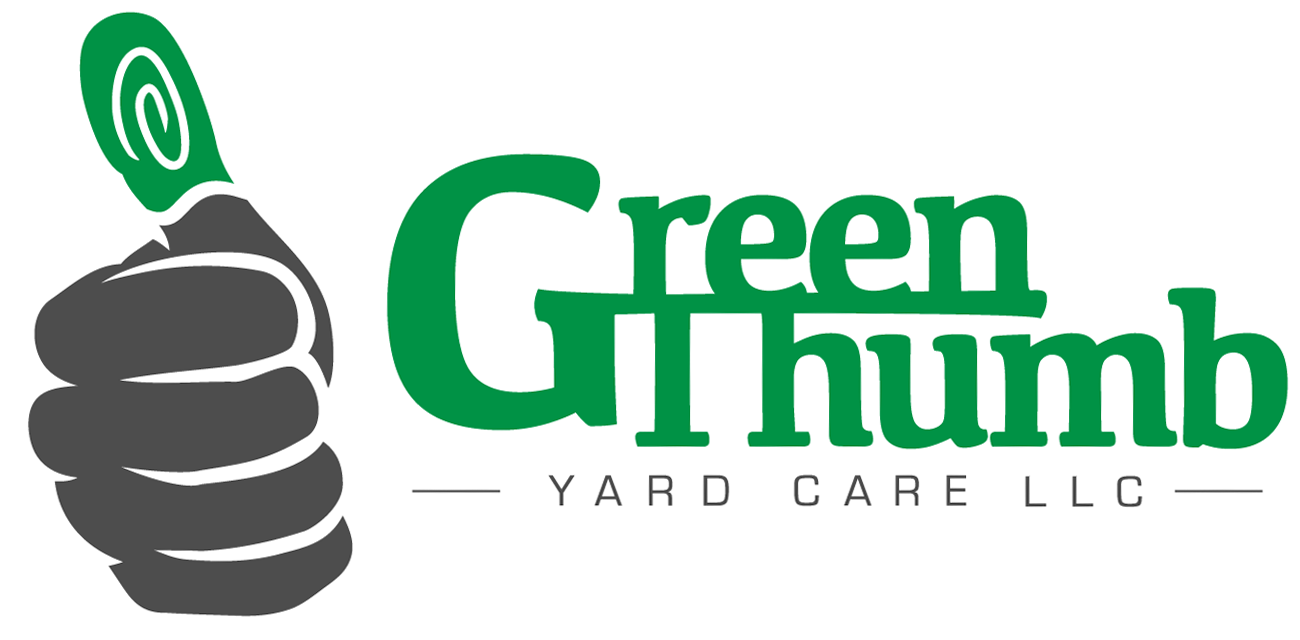Fertility Program 2019
No phosphorus will be applied in our standard program. In the state of Maryland, it is actually illegal to apply phosphorus fertilizers unless an approved soil test shows a phosphorus deficiency.
Two lime applications will be applied to the lawns that we service. Lime helps maintain a favorable soil pH. In Maryland, our soil is naturally acidic. Lime reduces the soil acidity, making other nutrients “digestible” for the grass.
This year we will also be conducting soil tests on customers’ lawns. Tests will be made before starting our program in spring, and after concluding our program in early winter. We will use this data to tweak and perfect our program in 2020.
Late March to Early April
The first application will take place just as lawns are coming out of winter dormancy. All winter grass roots have been depleting stores of nutrients. This application will replenish those stores.
Readily available nitrogen encourages vigorous blade growth and a deep emerald color. This is the “kick out of the gate” to send your lawn into the new growing season.
A smaller amount of slowly available nitrogen is seeded into the soil to be used later. Nitrogen is the foundational nutrient for healthy vigorous growth.
We also apply about 1 part potassium per 2 parts nitrogen. Potassium increases the lawn’s resilience and hardiness. It is important to maintain optimal potassium levels in our mid-Atlantic region. Our grass endures both heat and cold stress, as well as drought and flood.
Directions after this application are simple. It is beneficial to thoroughly water the lawn. However, April is typically a wet month, and there is very little risk for fertilizer burn.
Late May to Early June
In our second application, we apply a smaller amount of nutrients. Summer is a stressful time for Maryland lawns. Providing too many nutrients creates potential for fertilizer burn.
We only use slow release nitrogen products for this application. Our goal is to provide nutrients to the turf as needed and avoid overstimulating the lawn.
Again, potassium fertilizer is spread to increase grass hardiness. This is a crucial component of our program as a hot and potentially dry summer is approaching.
Lastly, we provide ½ of the annually needed lime. We break our lime fertility into two equal applications to avoid shocking or burning the turf. Lime is an important nutrient for soil health. It increases soil pH making other nutrients more readily available for the grass.
It is crucial that you water the lawn after this application. Watering the nutrients into the soil will prevent fertilizer burn.
September
The third application is made after the heat of summer has passed. This application is similar to our first application. Similar to the first application, most lawns are coming out of summer dormancy. As the lawns enter their second period rapid growth, we want to make sure all necessary nutrients are readily available.
Water soluble nitrogen is a key ingredient for this application. We have noticed that providing readily available nitrogen helps grass break out of dormancy more quickly.
Small amounts of slowly available nitrogen are added to our fertilizer blend. This nutrient will be made available for the grass over a course of several weeks.
Potassium is provided to encourage grass hardiness. Early fall is a beautiful time of year and lawns endure a lot of foot traffic. Potassium helps to mitigate damage from traffic.
We recommend watering the lawn after this application. Although the temperatures are starting to become milder, September can still be very hot. Watering will help avoid fertilizer burn in the lawn.
Late November
Our last application is timed to take place after aeration and leaf clean up. Our application will provide some benefit if made before aerating or cleaning up leaves. However, we find that it is most effective after.
Fertilizing after aeration allows the nutrients to gain direct access to the soil. There, they have less chance of running off target. We also try to avoid fertilizing over leaf cover. Most fertilizer will make its way to the ground if it is applied over leaves but it simply is not as effective.
In our last application, we try to pack the soil with slowly available nitrogen. This nutrient will be consumed over the course of winter. However, since it is not all available at one point, we avoid over stimulating the grass before a tough winter.
We also provide one last dose of potassium. We want to do everything that we can to increase lawn hardiness before potentially harsh conditions.
Lastly, we apply the second half of the annually needed lime. Liming works best when done after aerating because it can make direct contact with the soil
Directions after this application are simple. It is beneficial to thoroughly water the lawn. However, with cooler temperatures, there is very little risk for fertilizer burn.
The Future of Our Program
As we mentioned earlier, we will be conducting pre and post soil tests this year. After acting on the data, our program will improve year after year.
Specifically, we want to track the micronutrients in the soil. Depending on our findings, we may incorporate micronutrients into our future program.
Additionally, we will be experimenting with a few organic solutions this year. After evaluating the results, we may introduce some organic alternatives to our program in the following years.
